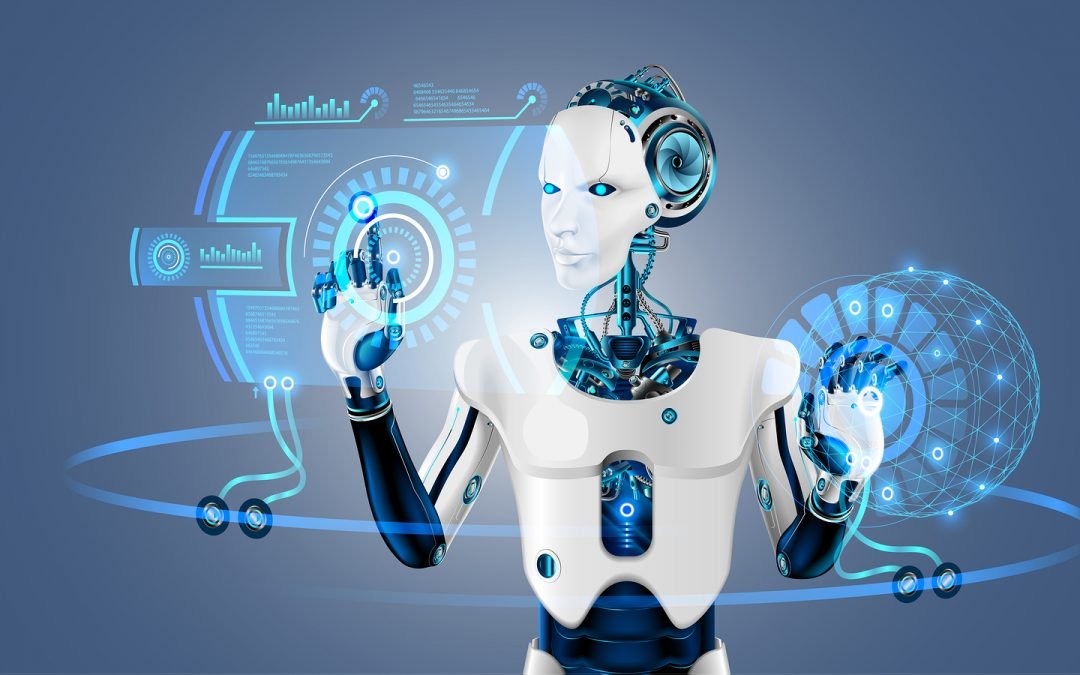The ongoing advancement of technology, particularly in the realm of robot technology and artificial intelligence, has sparked discussions about the potential impact on the job market. With automation becoming increasingly sophisticated, there is growing concern about the displacement of human workers by robotic technologies. This article delves into the potential scenarios where jobs could be replaced by robots in the future and the implications for the workforce.

The Acceleration of Automation
Automation has been an integral part of various industries for decades, streamlining processes and enhancing efficiency. This acceleration in automation has sparked discussions about the potential displacement of human workers across a multitude of sectors.
Job Categories at Risk
Certain job categories are particularly vulnerable to automation, with routine and repetitive tasks being the most susceptible. As technology continues to evolve, even professions requiring higher cognitive skills, such as finance and healthcare, are not immune to the possibility of automation.
Impact on Employment
The widespread adoption of robotic technology in the workforce could lead to significant changes in employment patterns. While some argue that automation will create new job opportunities in the fields of robotics maintenance, programming, and innovation, others express concerns about a potential net loss of jobs, leading to unemployment and societal upheaval.
Skill Adaptation and Lifelong Learning
As jobs evolve and technology becomes more integrated into the workplace, the need for continuous skill adaptation and lifelong learning becomes paramount. The workforce of the future may need to embrace a culture of constant upskilling and reskilling to remain relevant in an environment where certain roles are automated.
Conclusion
While the prospect of jobs being replaced by robot technology presents challenges, it also opens up opportunities for innovation, efficiency, and improved quality of life. A strategic and inclusive approach to the integration of robotics into the workforce, coupled with comprehensive policies for job transition and skill development, can pave the way for a future where humans and machines coexist harmoniously, creating a society that benefits from the best of both worlds.
